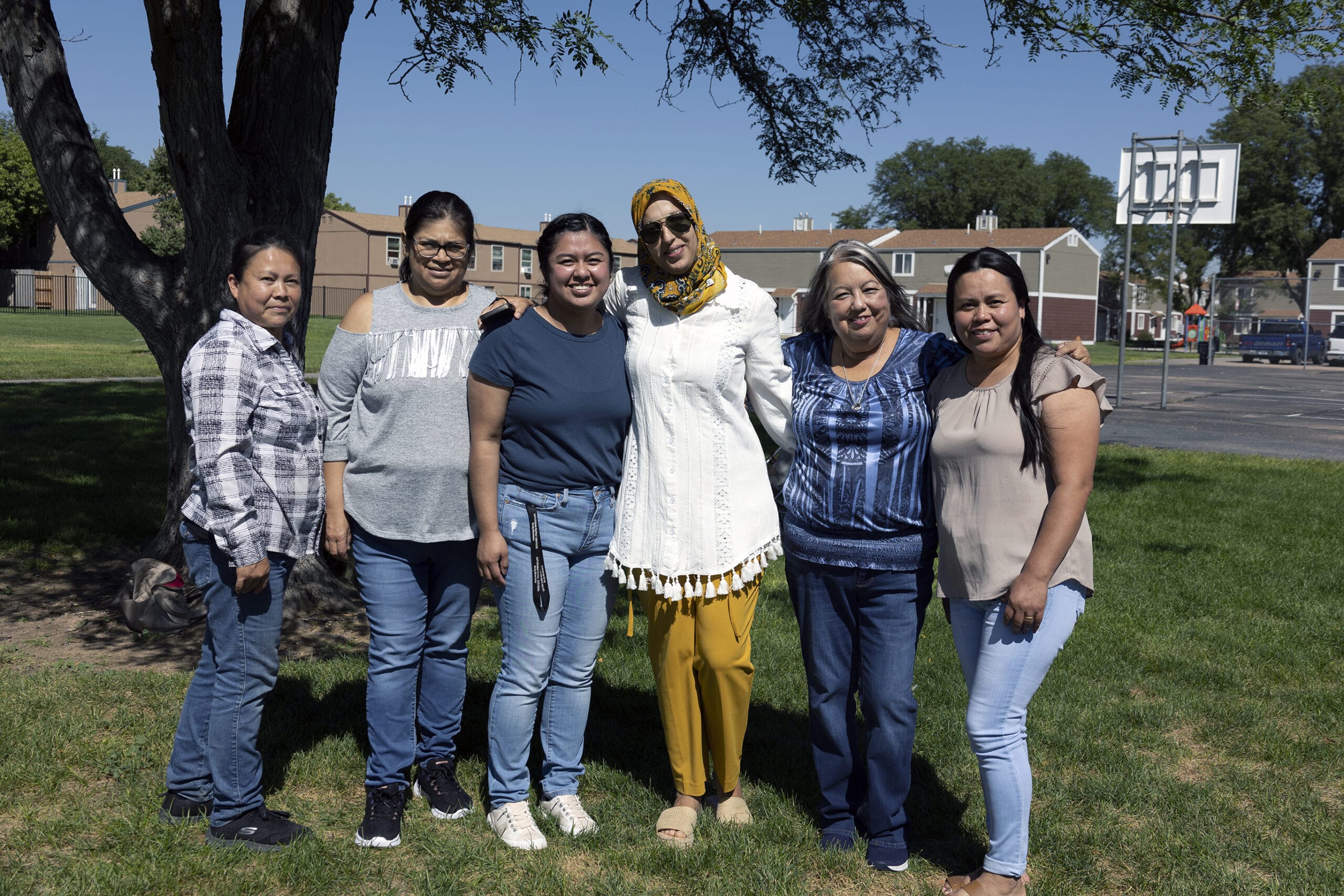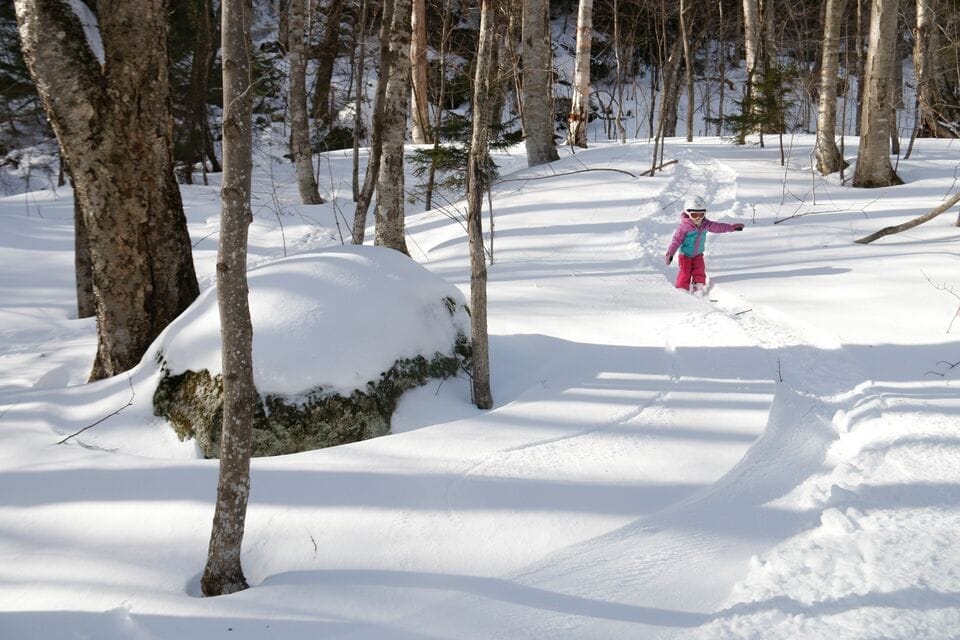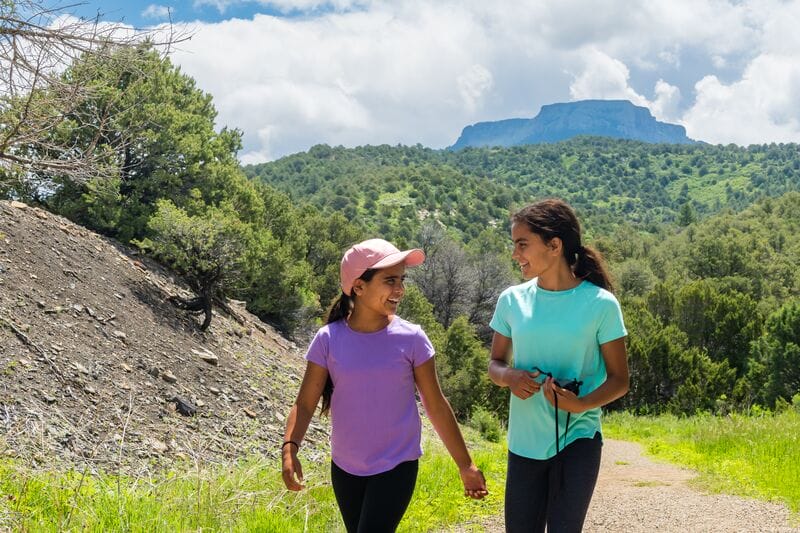
Preserving the heart of Rocky Mountain ranching heritage
Preserving the heart of Rocky Mountain ranching heritage
Highway 285 winds westward through the Front Range of the Rocky Mountains from Denver. At the Chaffee County line a sign declares, “Welcome to Chaffee County … Now this is Colorado”—and on the long descent from Trout Creek Pass it’s easy to see why. A broad bend in the road unmasks a panorama of the braided Upper Arkansas River as it loops through vibrant green pastures, backed by the snow-capped Collegiate Peaks, soaring 7,000 feet above the valley floor.
It’s a vista that Geraldine Steel knows well. Her family’s 186-acre ranch sits a few miles further down the road, near the spot where Trout Creek flows into the Arkansas River. Born to a railroad-building family in the 1930s, Geraldine was raised outside Salida, the Chaffee County seat, and has lived in the high Rockies for most of her life. She married Ed Steel, a boy from a local ranching family; the couple raised their two children in Pueblo and Colorado Springs before retiring together to the ranch along the Arkansas River. “You come around that bend and see the valley so green in summer,” Geraldine says. “It gives you a good feeling to see it. And it’s our ranch there, front and center.”
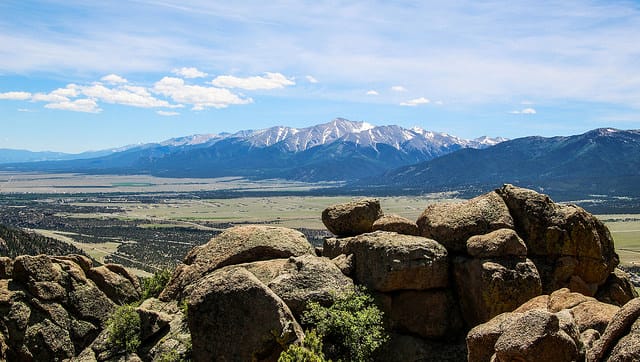 The Upper Arkansas River Valley makes a memorable impression.Photo credit: Flickr user mtnjoebv
The Upper Arkansas River Valley makes a memorable impression.Photo credit: Flickr user mtnjoebv
The ranch had been in Ed Steel’s family since the late 1800s. “Ed’s grandfather settled here before there was any highway, before the railroads came over the pass,” Geraldine explains. “Eventually the land came down to us.”
The Steels’ land is one patch in a quilt of family-owned farms and ranches that blankets the Upper Arkansas Valley. It’s the sort of place where neighbors help each other out, mending fences, driving cattle, and checking in on one another when the work is all done—a way of life rooted in the land and handed down through generations. “I guess you don’t see that kind of friendship and closeness between neighbors in too many places anymore,” says Geraldine.
In recent years, this classic Western vibe has attracted more visitors to the Arkansas River Valley—and many of them want to stay. Hikers, bikers, skiers, and hunters flock to the mountains, and boaters and anglers ply the clear streams and rivers. The market for second homes in Chaffee County—just two hours from downtown Denver—is heating up. Buena Vista, a small town down the road from the Steel’s ranch, has grown by 25 percent since 2000.
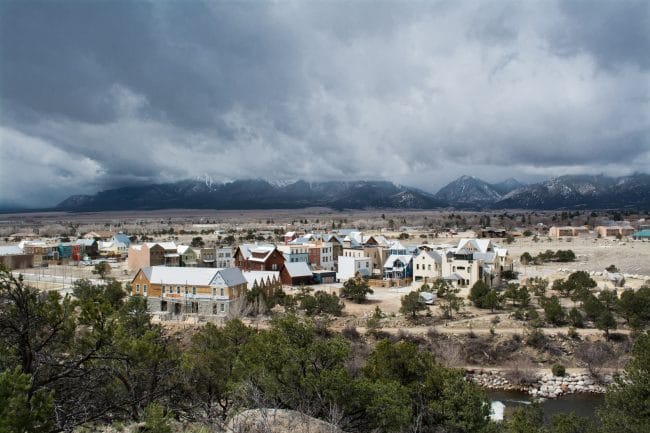 Buena Vista, a small town down the road from the Steel’s ranch, has grown 25 percent since 2000, as more people seek to set down roots in the outdoorsy Arkansas River Valley.Photo credit: Flickr user Adam Meek
Buena Vista, a small town down the road from the Steel’s ranch, has grown 25 percent since 2000, as more people seek to set down roots in the outdoorsy Arkansas River Valley.Photo credit: Flickr user Adam Meek
“The growing recreation-based economy brings new resources and vitality to the region, and that’s great,” says Wade Shelton with The Trust for Public Land. “At the same time, it can put a strain on the land and water that underlies our agricultural economy and heritage—which are a big part of what brings people to this area in the first place.” Ranchers in the valley rely on each other for more than mending fences: the health of the region’s agricultural economy depends on a critical mass of local farms and ranches to sustain the necessary infrastructure, competitive markets, and specialized services. “If one ranch goes, those that remain feel the pinch,” says Shelton.
That’s why The Trust for Public Land is working together with ranchers like the Steel family, public agencies, and local conservation organizations like the Colorado Cattlemen’s Agricultural Land Trust (CCALT) to help the Arkansas River Valley grow sustainably while maintaining that critical mass of working ranches. This year, we helped Geraldine preserve her family’s ranch with a conservation easement, ensuring that its productive pastures and half-mile of frontage on the Arkansas River will never be developed.
Geraldine says she and her husband started thinking seriously about the future of their ranch nearly 10 years ago. “The older we got, the more we wanted to make sure this land would stay in farming. Ed would say, ‘If we let this land go, they could just build a strip mall out here.’ No more hayfields where our kids used to run around and do kid things, no more fishing on the river bank … and it’ll ruin that view coming down off of the pass.”
The Arkansas River flows through the Steel Ranch for half a mile. A conservation easement on the ranch allows for future public access to the river, which is legendary among anglers.Photo credit: The Trust for Public Land
“The decision to preserve our land was a personal one,” says Geraldine. “But Wade and CCALT have always been gracious, straightforward, honest, and trustworthy with us, and with our neighbors who’ve also gone with easements on their ranches. So we were honored to work with them and get a good outcome.”
For Geraldine, the completion of the easement on her ranch is bittersweet. Her husband passed away in 2015, a few months after the couple’s 59th wedding anniversary. “This ranch was in Ed’s family for over 100 years, and more than anything he wanted to see it preserved,” she says. “So I am thrilled that we have finally been able to fulfill his dream and can be certain that this land will remain the way it is now, forever.”


Donate to become a member, and you’ll receive a subscription to Land&People magazine, our biannual publication featuring exclusive, inspiring stories about our work connecting everyone to the outdoors.
See how our supporters are helping us connect people to the outdoors across the country.


